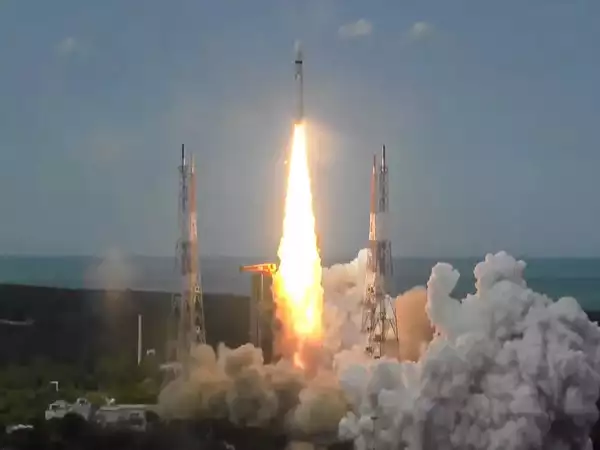Raising Manoeuvre In a significant milestone, the Indian Space Research Organisation (ISRO) successfully executed the second orbit-raising manoeuvre, the Earth-bound apogee firing, for the Chandrayaan-3 mission on July 17. Utilizing the state-of-the-art ISRO Telemetry Tracking and Command Network (ISTRAC) in Bengaluru, ISRO skillfully maneuvered the Chandrayaan 3 spacecraft into a strategically positioned orbit measuring 41,603 km x 226 km. This achievement establishes Chandrayaan-3’s orbit, with the spacecraft’s closest proximity to Earth at 226 km and farthest distance at 41,603 km.
ISTRAC’s Crucial Role in Mission Success
The meticulous execution of the second orbit-raising manoeuvre holds immense significance for Chandrayaan-3’s trajectory optimization. This intricate process involves precise adjustments to the spacecraft’s path and velocity to align with the mission’s objectives. ISRO’s successful completion of this critical step positions Chandrayaan-3 favorably for subsequent stages of the mission, including lunar surface exploration and data collection.
The accomplishment also highlights the effectiveness of ISRO’s advanced ISTRAC facility in Bengaluru. This cutting-edge command network played a pivotal role in guiding the spacecraft with utmost precision to its designated orbit, further solidifying ISRO’s global leadership in space technology.
Future Prospects for Chandrayaan
Mission Looking ahead, the upcoming firing scheduled for July 18, between 2 and 3 p.m. IST, will propel Chandrayaan-3 even closer to its intended lunar trajectory. As the mission progresses, ISRO’s dedicated team of scientists and engineers tirelessly continues their efforts to ensure the success of this ambitious lunar exploration endeavor. Each step taken brings Chandrayaan-3 one step closer to unraveling the mysteries of the Moon and reinforcing India’s position in the global space community.
